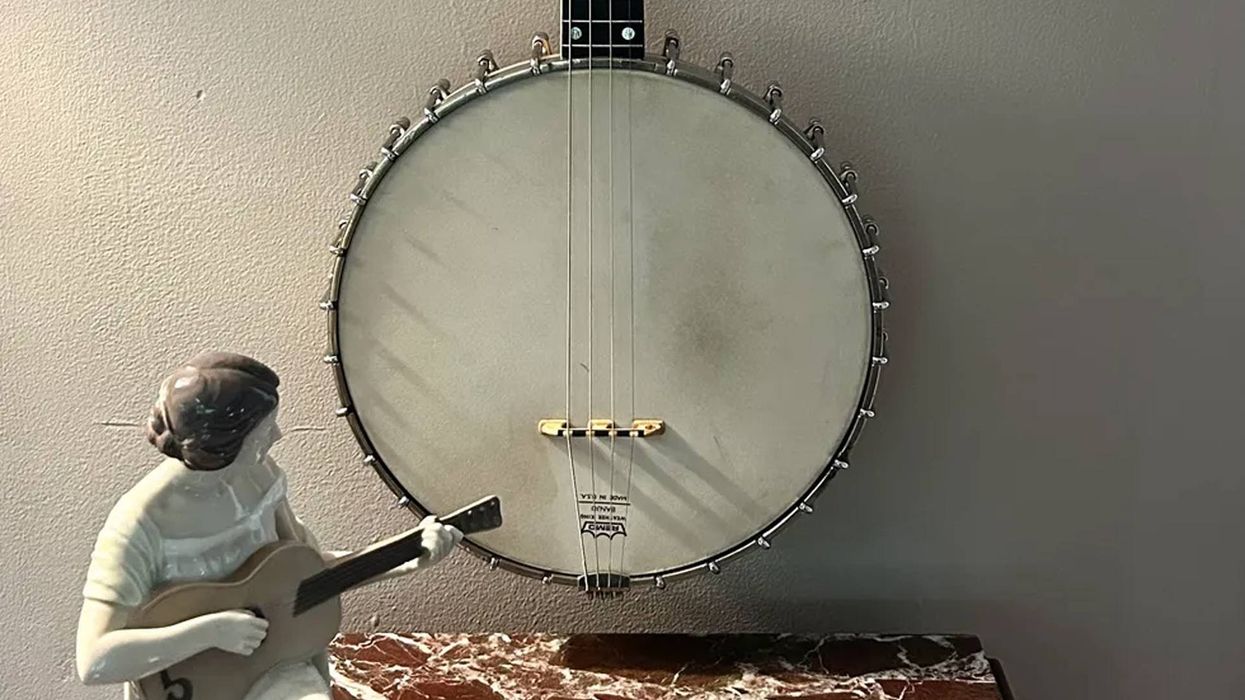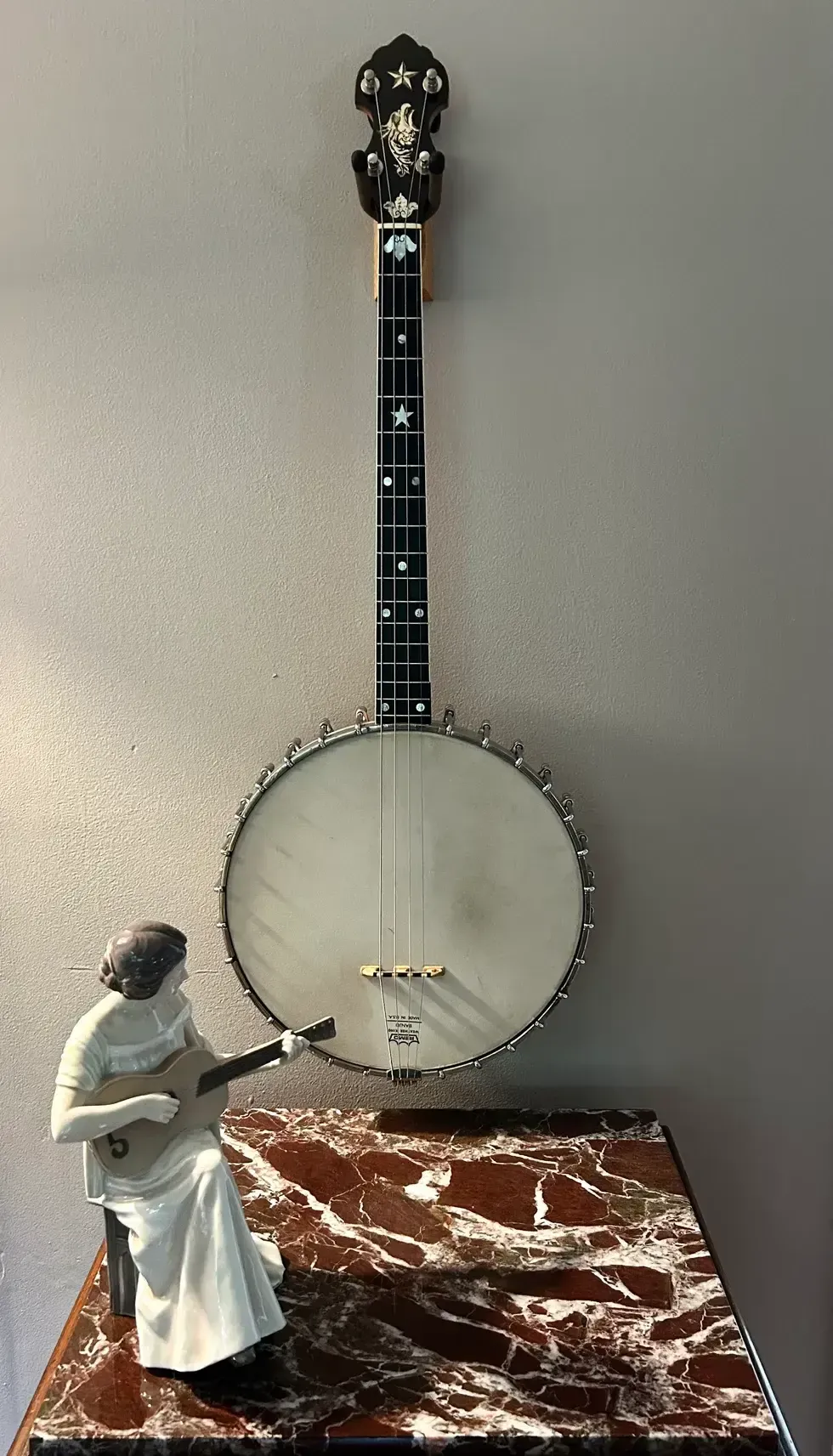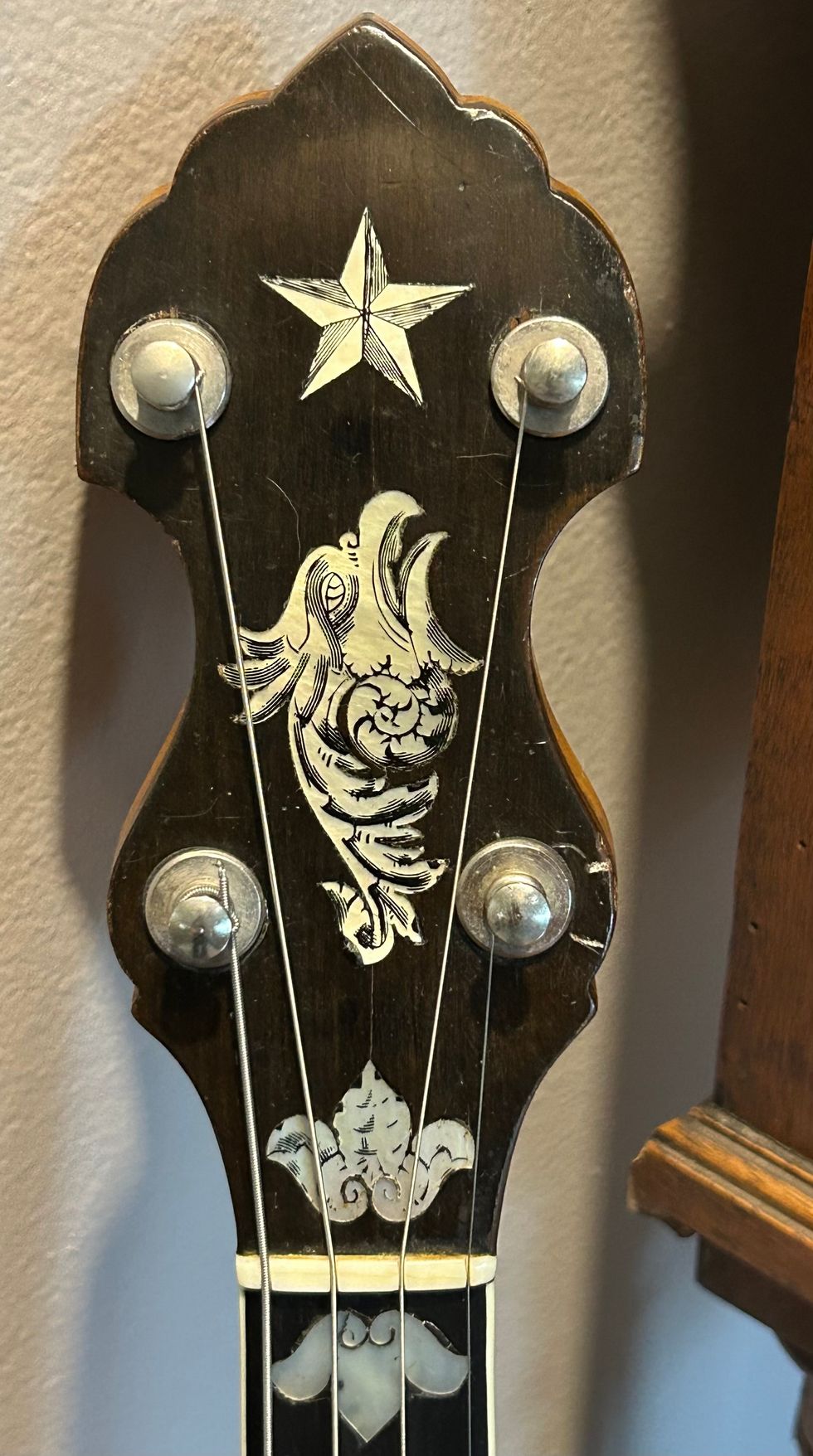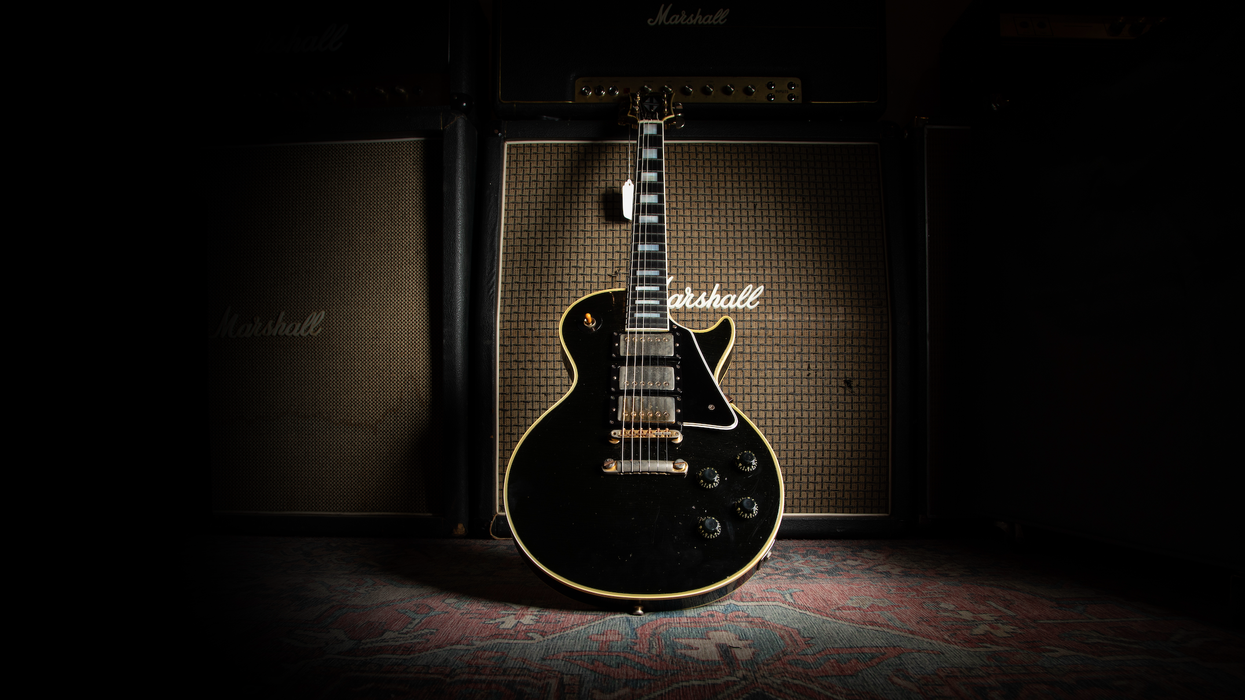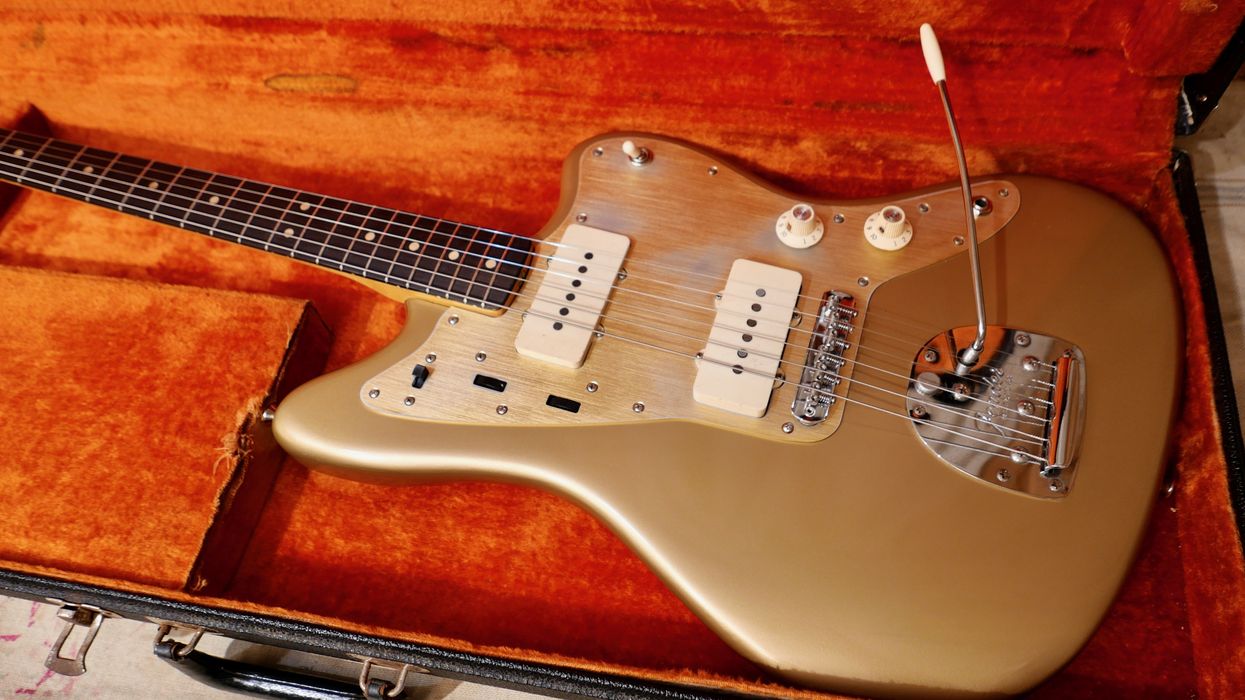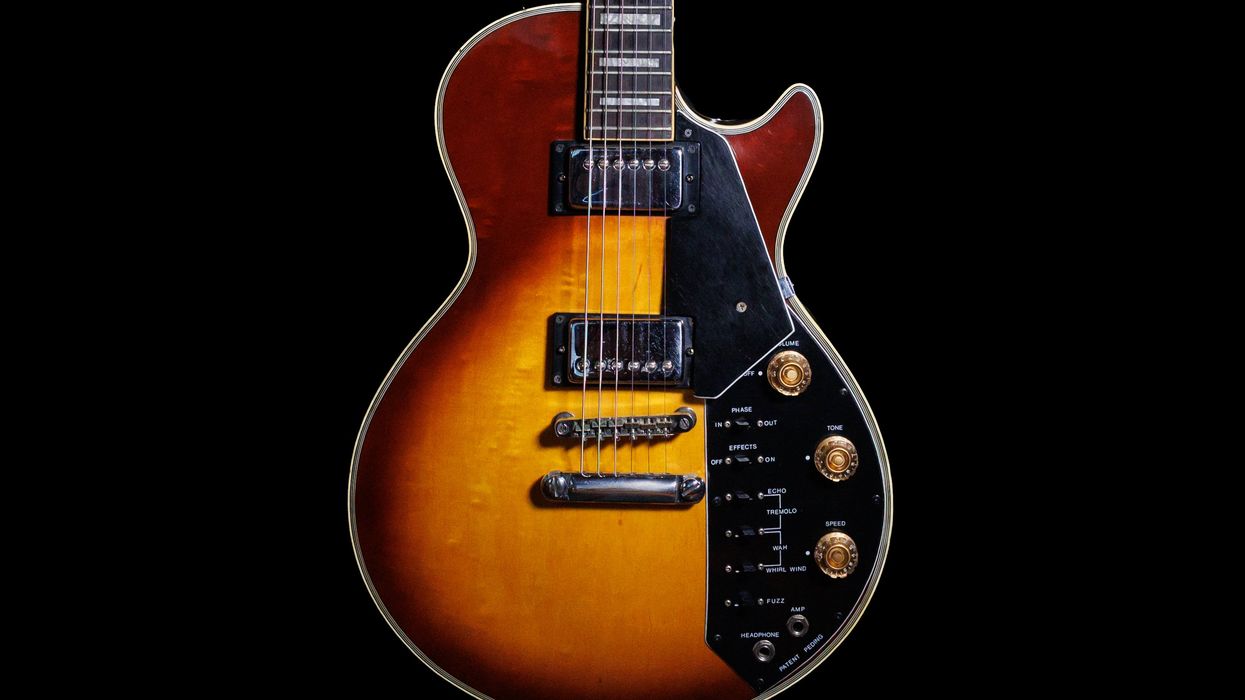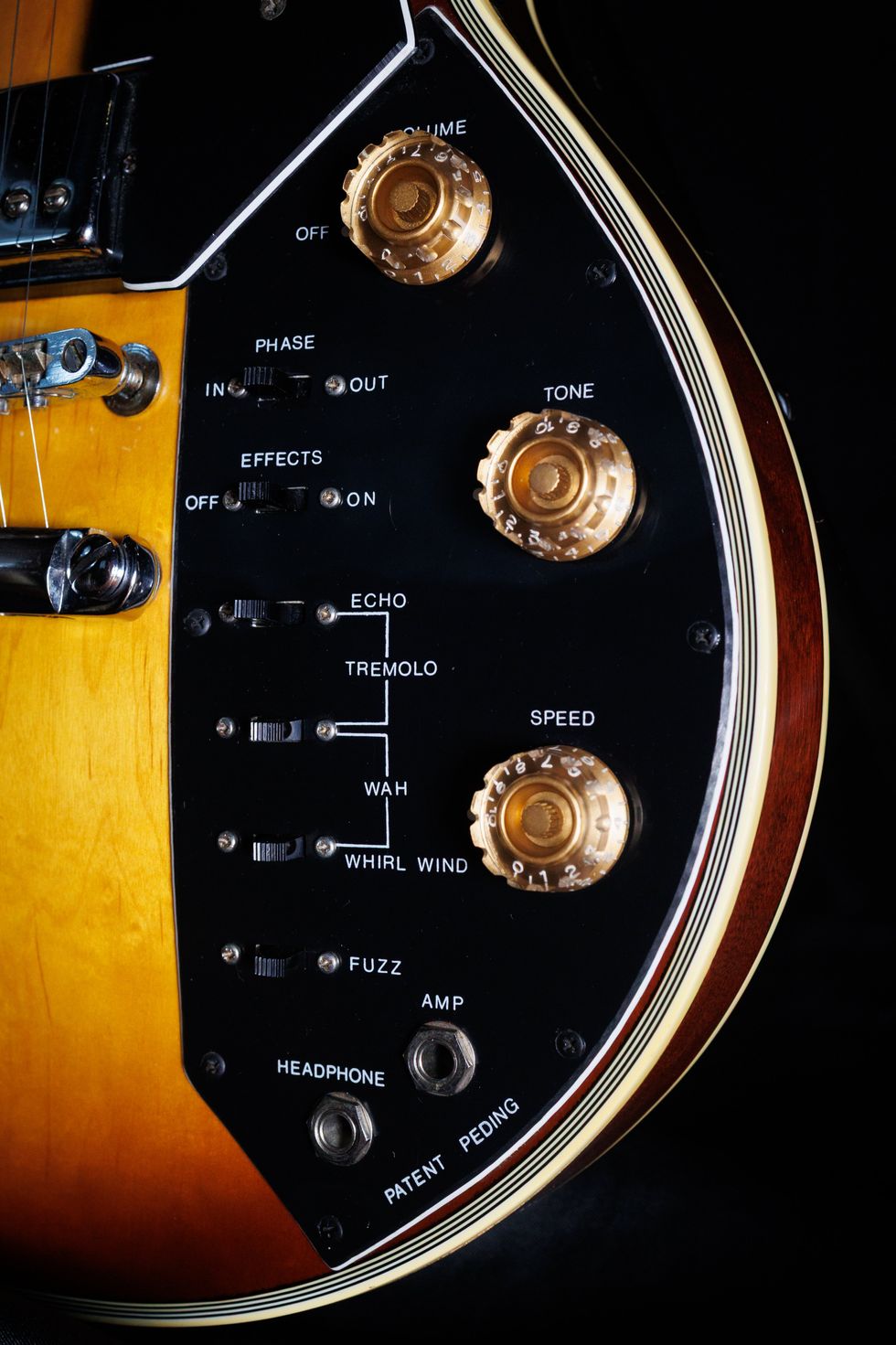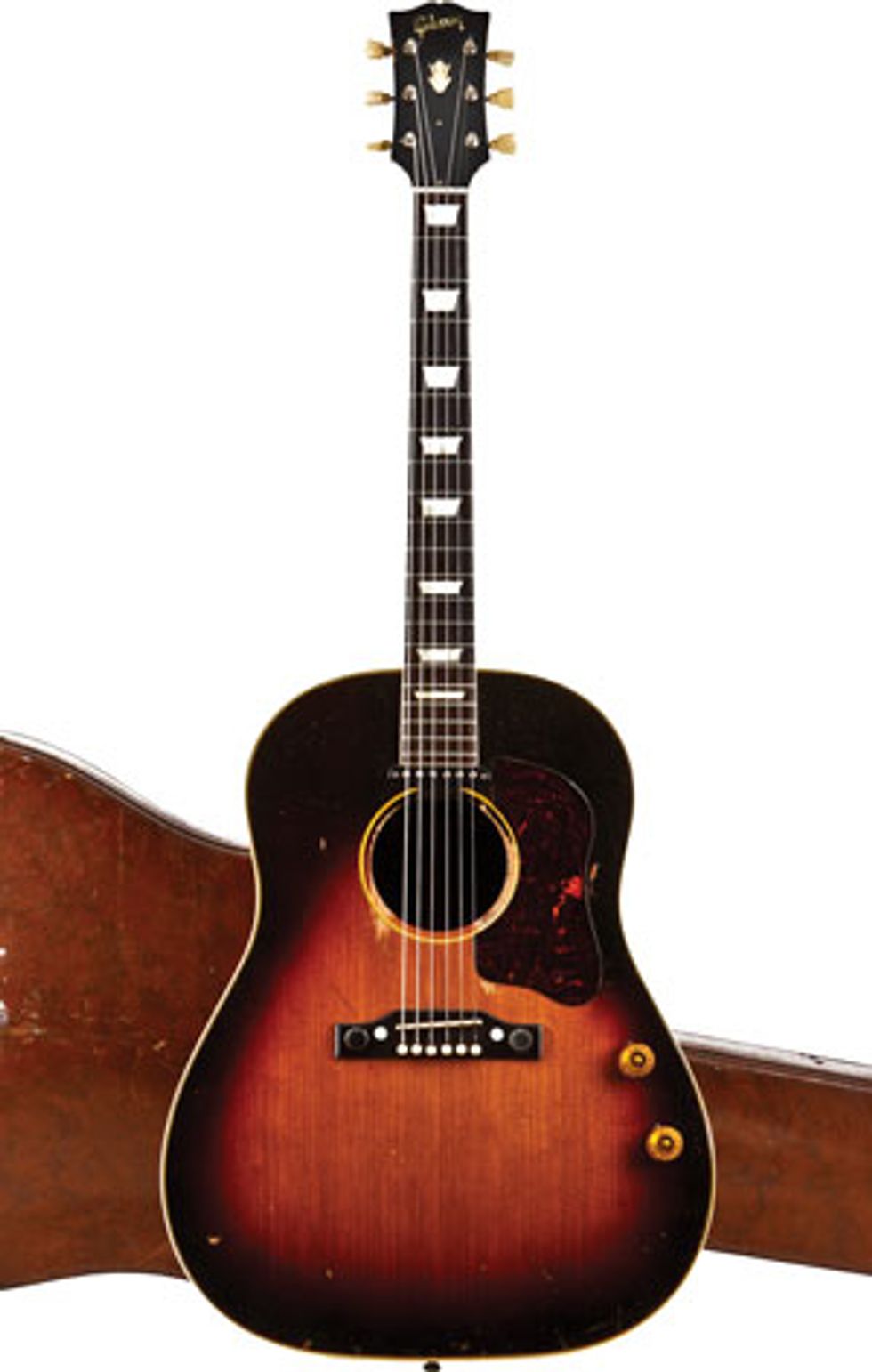 This well-played 1955 Gibson
J-160E’s stock speed knobs were
replaced by bonnet knobs in 1956.
This well-played 1955 Gibson
J-160E’s stock speed knobs were
replaced by bonnet knobs in 1956.While Gibson had been making electric archtop and steel guitars since the 1930s, it wasn’t until the early ’50s that the company electrified a flattop. The first electric flattop produced by Gibson was the CF-100E, which made its debut in 1951. This guitar was based on the small 14 1/8" cutaway flattop introduced the year before. Although cutaway flattop electrics would become popular decades later, this innovative guitar was discontinued by 1959, due in part to the more impressive sales figures of its descendant—the J-160E.
The J-160E was introduced in 1954 and had the more conventional look of the popular J-45 and Southern Jumbo models. But looks can be deceiving: To function as a usable electric guitar, the J-160E had to be very different structurally from a standard Gibson flattop. While the J-45 (or even the CF-100E) had a solid spruce, X-braced top, J-160E needed a 3-ply laminated spruce top with ladder bracing to make it more rigid and less prone to feedback. The neck joined the body at the 15th fret (instead of the 14th) to allow room for a P-90 pickup between the end of the fretboard and the soundhole.
The early J-160E pictured this month can be distinguished from later versions by its odd adjustable bridge, which allowed you to raise or lower string height by turning the large screws on either side of the bridge. These screws were replaced with smaller, more conventional adjustment screws by the late 1950s. This J-160E also has straight-sided “speed” knobs for Volume and Tone controls (replaced by “bonnet” knobs in 1956).
You can find more on the J-160E’s history in Gibson’s Fabulous Flat-Top Guitars: An Illustrated History and Guide by Eldon Whitford, David Vinopal, and Dan Erlewine, as well as in Gibson Electrics—The Classic Years by A.R. Duchossoir.
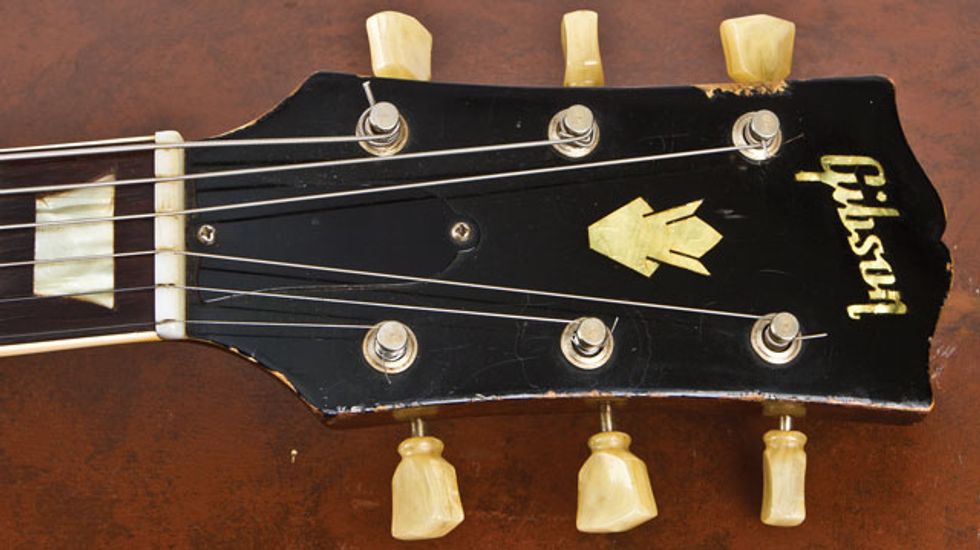 The J-160E’s headstock appointments—such as the crown inlay and Kluson keystone tuners—are familiar to
anyone who has owned an older Gibson, whether acoustic or electric.
The J-160E’s headstock appointments—such as the crown inlay and Kluson keystone tuners—are familiar to
anyone who has owned an older Gibson, whether acoustic or electric.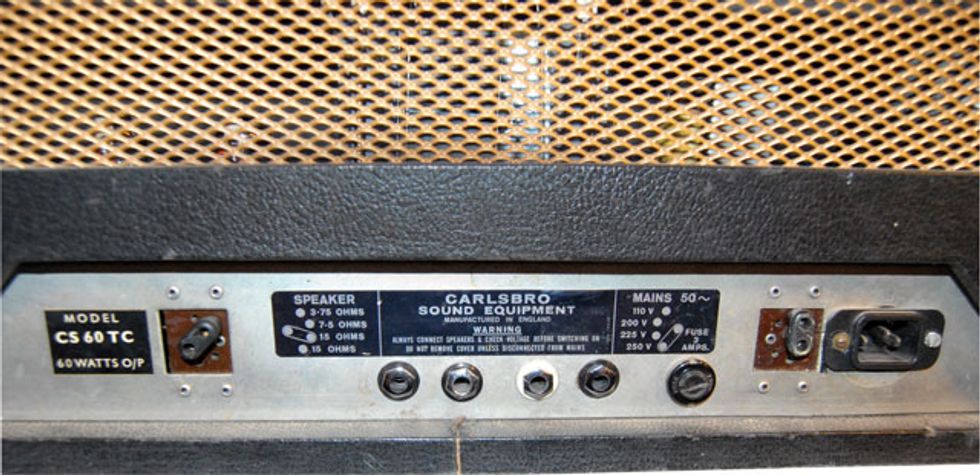 On the J-160E, the neck joins the body at the 15th fret to accommodate a magnetic pickup between the fretboard
and soundhole.
On the J-160E, the neck joins the body at the 15th fret to accommodate a magnetic pickup between the fretboard
and soundhole.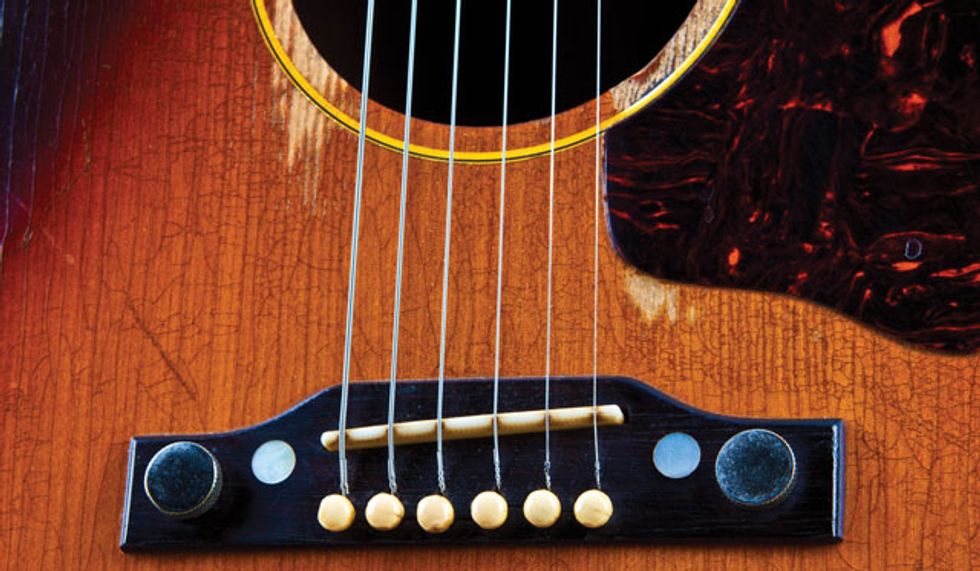 The unconventional bridge with its large height-adjustment knobs.
The unconventional bridge with its large height-adjustment knobs.Dave ’s Guitar Shop
Dave Rogers’ collection is tended by Laun Braithwaite and Tim Mullally and is on display at:
Dave’s Guitar Shop
1227 Third Street South
La Crosse, WI 54601
davesguitar.com
Photos by Mullally and text by Braithwaite.



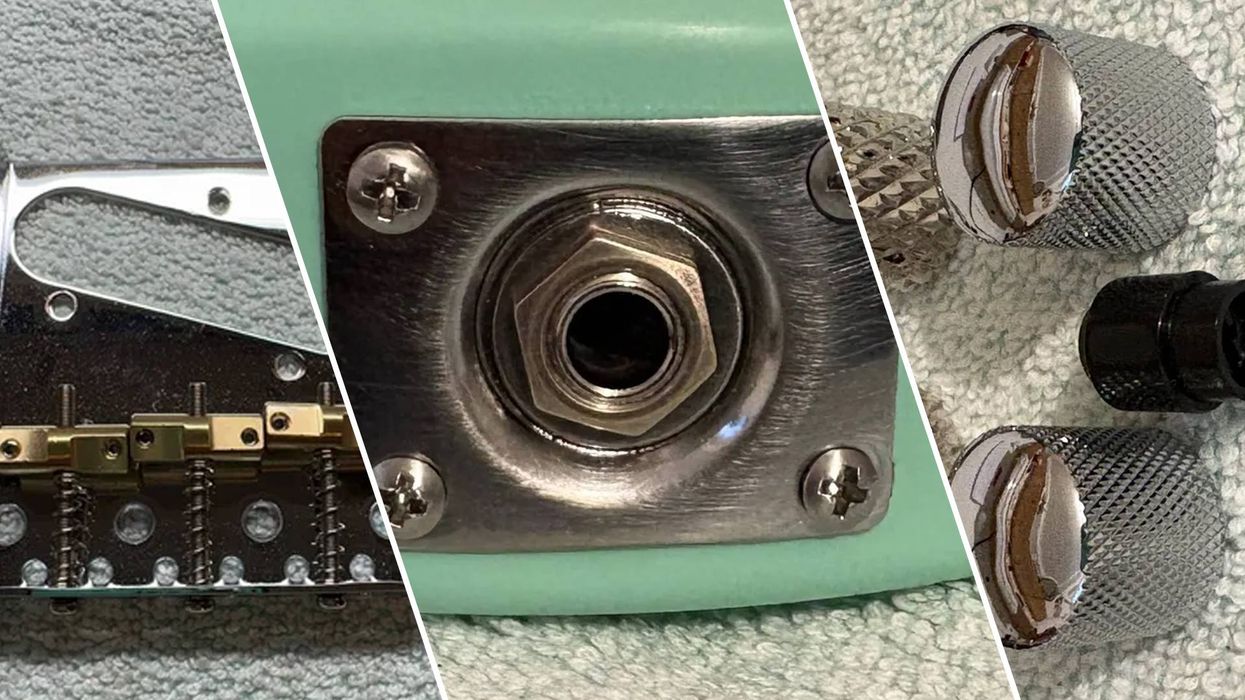








![Rig Rundown: Russian Circles’ Mike Sullivan [2025]](https://www.premierguitar.com/media-library/youtube.jpg?id=62303631&width=1245&height=700&quality=70&coordinates=0%2C0%2C0%2C0)

